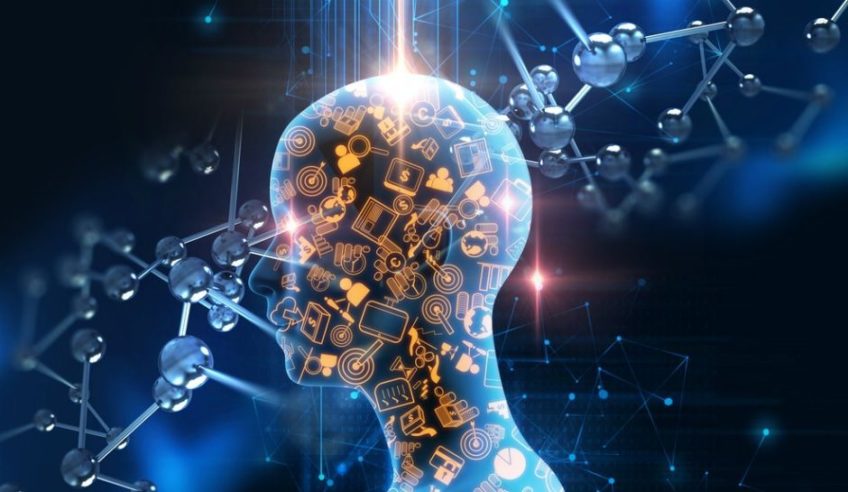Using advanced AI, teams can see a holistic picture of their run-time environment. This enables them to get valuable insights and automate processes that support business and IT goals.
From the task-specific intelligence used in many products to the sentient systems of science fiction, AI is advancing at an extraordinary pace. The future looks very exciting, but there are also concerns about AI safety.
Machine learning algorithms
Unlike passive machines that can only make mechanical or predetermined responses, AI algorithms take in real-time data and analyze it to make decisions. They are able to perform tasks faster and more efficiently than humans, and can respond to complex requests.
Increasingly, cities are deploying AI to provide urban services. For example, Cincinnati police officers are using AI to prioritize service issues and determine the best ways to address them. They hope this will help them improve efficiency and reduce response times.
Some experts are worried about the use of artificial intelligence in law enforcement and other public sectors, and argue that there must be some form of oversight. For example, they suggest that laws governing human behavior should be extended to AI systems. This will ensure that they are free of bias and discrimination. In addition, it will help ensure that the system is transparent. This will allow people to understand the reasoning behind its decisions and make informed choices.
Artificial general intelligence
The goal of artificial general intelligence is to build software and robots that can perform any task humans can. It would be able to adapt to changing data patterns, environments and goals. This type of AI system could create new jobs and reshape the economy. However, it’s still a long way from the point where computers can replace humans as workers.
AGI systems would be able to do things that ordinary computers can’t, such as learning from past experiences and understanding the causes of events. They would also be able to transfer knowledge and skills from one task to another. This would enable them to serve people with a greater level of consistency than human beings, and without any “self-interest” or hidden agenda.
Until then, we’ll have to keep close tabs on how well these systems work. A recent accident involving an Uber vehicle shows how dangerous it can be when AI is used in the real world.
Machine learning for natural language processing
AI technology is advancing rapidly, and it will have major implications for the world. But how this transformative technology unfolds is dependent on human choices that must be made now. Those choices include how policy issues are resolved, ethical conflicts are reconciled and legal realities are addressed.
The most visible advance is how AI can interpret language, enabling machines to write articles for the Guardian or compose programs for simple video games that would have been impossible just a few years ago. But this is only the tip of the iceberg.
The applications of this language-based type of AI are endless. They can be used to analyze factory IoT data as it streams from connected equipment, identify patterns of fraudulent stock trading and optimize web site layouts, for example. And while they won’t replace jobs, these technologies could reorganize skilled labor. For example, startups like Verneek are creating Elicit-like tools that enable employees with modest programming skills to create sophisticated AI applications.
Deep learning
Machine learning algorithms are at the heart of many common tools in business today, from network security software that sniffs out malware to stock market trading signals and a host of other predictive analytics applications. But the more advanced form of AI, deep learning, is increasingly being used to fuel all sorts of automated tasks.
The technology works like a toddler learning to identify objects by pointing at them and saying, “That’s a dog.” As the process continues, each layer of processing clarifies a more complex abstraction. The resulting statistical model is then applied to future observations.
A major limitation is that the models only know what was in the data from which they were trained. So, if the inputs change significantly, such as a shift in weather patterns, they may need to be retrained to adapt. This can be costly and time-consuming. Data availability and computational resources are also key constraints. Lastly, societal concerns around privacy can slow the adoption of some advanced AI technologies that require access to personal information.
